Filter books by:
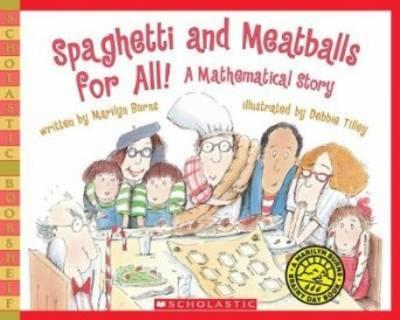
Spaghetti and Meatballs for All
Strand
Number
Australian Curriculum Year Level
Year 5
Multiplication and Division Triangle
Maths Concepts
Australian Curriculum: Description
Calculate perimeter and area of rectangles using familiar metric units (ACMMG109)
Teaching ideas
Pages at the back give teachers ideas and extension activities. E.g. How else could she have configured her dining room for the 32 guests? Cut and paste to assist students at the representational level of understanding. Create table arrangements for 12, 16, 24, 36 guests coming to the party.
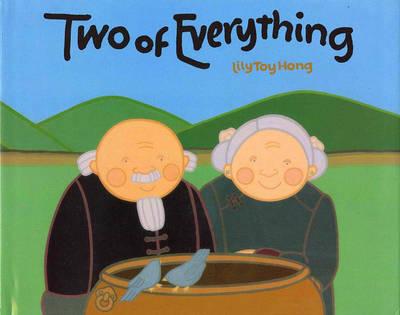
Two of Everything
Strand
Number
Australian Curriculum Year Level
Year 3
Multiplication and Division Triangle
Maths Concepts
Australian Curriculum: Description
Recall multiplication facts of two, three, five and ten and related division facts (ACMNA056)
Teaching ideas
Students investigate other "doubling" scenarios.
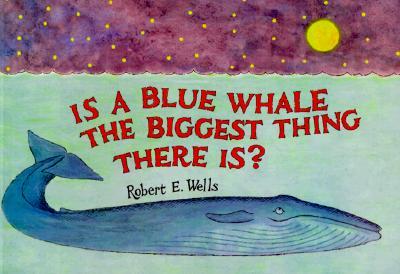
Is a Blue Whale the Biggest thing there is?
Maths Concepts
Australian Curriculum: Description
Yr4 – Recognise, represent and order numbers to at least tens of thousands (ACMNA072); Yr5 – Choose appropriate units of measurement for length, area, volume, capacity and mass (ACMMG108);
Teaching ideas
Exploring some of these abstract concepts with concrete materials. Having the students create their own relationships between objects to aid in understanding large numbers, sizes and quantities.
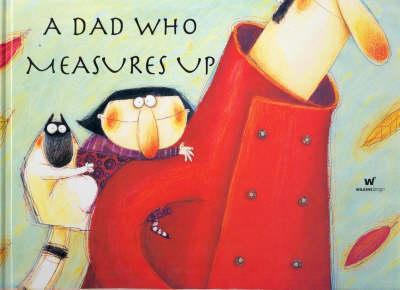
A Dad who Measures Up
Maths Concepts
Australian Curriculum: Description
Measure, order and compare objects using familiar metric units of length, mass and capacity (ACMMG061)
Teaching ideas
Explore other objects and ideas that can be measured like the idea in the book; "how tall would 4 Daddies tall be?"
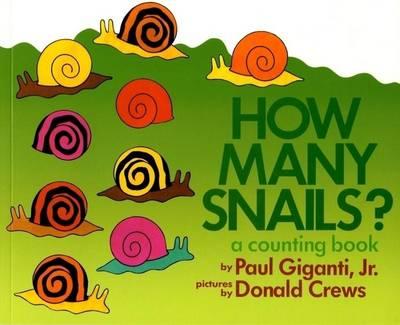
How Many Snails?
Strand
Number
Australian Curriculum Year Level
Year 2, Foundation Year, Year 1
Look for a pattern
Maths Concepts
Australian Curriculum: Description
F. Y – Establish understanding of the language and processes of counting by naming numbers in sequences, initially to and from 20, moving from any starting point (ACMNA001); Year 2 – Describe patterns with numbers and identify missing elements (ACMNA035)
Teaching ideas
Explore other mediums with patterns e.g. wrapping paper and fabric. Show students how patterns can help to predict --> expect --> plan.
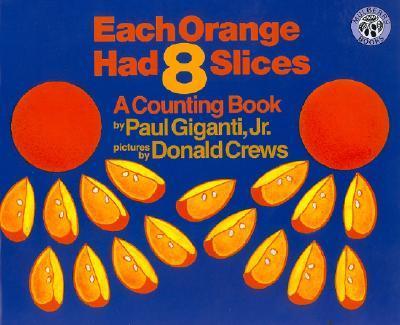
Each Orange Had 8 Slices
Strand
Number
Australian Curriculum Year Level
Year 2, Year 3, Foundation Year, Year 1
Australian Curriculum: Description
F.Y – Establish understanding of the language and processes of counting by naming numbers in sequences, initially to and from 20, moving from any starting point (ACMNA001); F.Y – Represent practical situations to model addition and sharing (ACMNA004); Year 1 – Represent and solve simple addition and subtraction problems using a range of strategies including counting on, partitioning and rearranging parts (ACMNA015); Year 3 – Recall multiplication facts of two, three, five and ten and related division facts (ACMNA056)
Teaching ideas
Build on the concept of counting on, partitioning and part-part-whole with other object sequences.
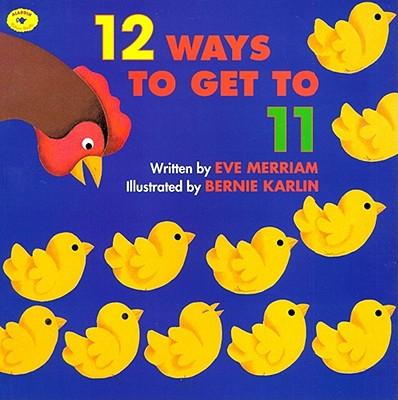
12 Ways to Get to 11
Strand
Number
Australian Curriculum Year Level
Foundation Year, Year 1
Part-Part-Whole
Maths Concepts
Australian Curriculum: Description
F.Y – Establish understanding of the language and processes of counting by naming numbers in sequences, initially to and from 20, moving from any starting point (ACMNA001); F.Y – Represent practical situations to model addition and sharing (ACMNA004); Year 1 – Represent and solve simple addition and subtraction problems using a range of strategies including counting on, partitioning and rearranging parts (ACMNA015)
Teaching ideas
Build on the concept of counting on, partitioning and part-part-whole with other object sequences.
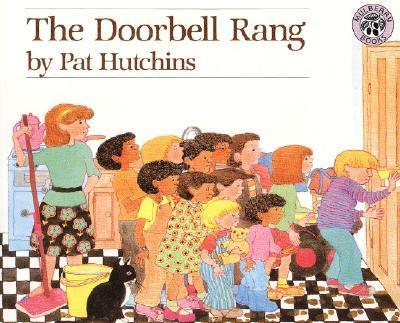
The Doorbell Rang
Strand
Number
Australian Curriculum Year Level
Year 4
Multiplication and Division Triangle
Maths Concepts
Australian Curriculum: Description
Number and Algrbra – Number and Place Value – Develop efficient mental and written strategies and use appropriate digital technologies for multiplication and for division where there is no remainder (ACMNA076)
Teaching ideas
Students could investigate other numbers that divide equally. What if the original batch had been 24/36/48. How would that have been shared between the guests (2, 4, 6, 12)
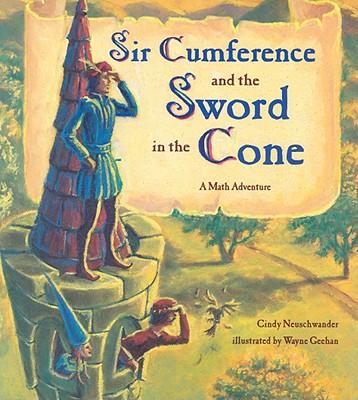
Sir Cumference and the Sword in the Cone
Strand
Number
Multiplication and Division Triangle
Maths Concepts
Australian Curriculum: Description
Year 5 – Measurement and Geometry : Shape – Connect three-dimensional objects with their nets and other two-dimensional representations (ACMMG111); Year 6 – Measurement and Geometry : Shape – Construct simple prisms and pyramids (ACMMG140); Year 7 – Measurement and Geometry : Shape – Draw different views of prisms and solids formed from combinations of prisms (ACMMG161); Year 8 – Measurement and Geometry : Shape – Investigate the relationship between features of circles such as circumference, area, radius and diameter. Use formulas to solve problems involving circumference and area (ACMMG197).
Teaching ideas
* Year 5 students could use page 5 to "form the solids and find their places"; * Year 6 students could use page 5 to "form the solids and find their places"; * Year 7 students could investigate Euler's Law by folding nets to form prisms and pyramids. They =could then draw up an investigation table (page 12) and draw their own conclusions; * By year 8 the mathematical vocabulary students know should enable them to understand and apprecaite the entire book. The teacher could pose the problem from the book without reading it, and have students work in groups to solve it. Were the steps you took to solving it the same as Radius and Vertex's?

A Remainder of One
Strand
Number
Multiplication and Division Triangle
Maths Concepts
Australian Curriculum: Description
Number and Algebra : Number and Place Value – Solve problems involving division by a one digit number, including those that result in a remainder (ACMNA101); Investigate index notation and represent whole numbers as products of powers of prime numbers (ACMNA149)
